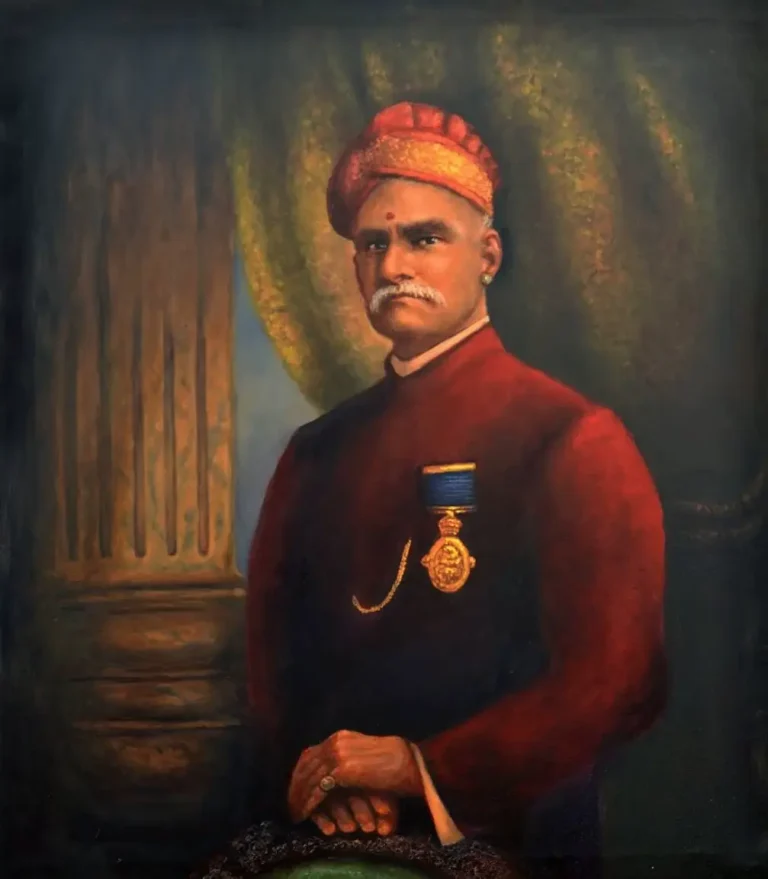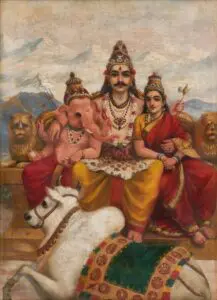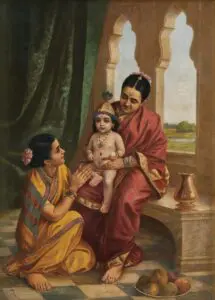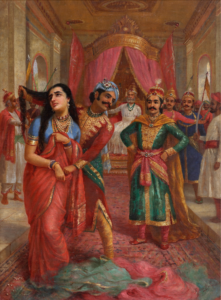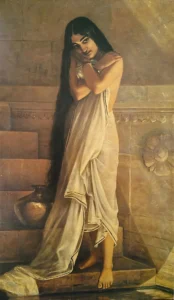The Miser
The Miser is a striking oil painting created in 1901 by the famed Indian artist Raja Ravi Varma. This 113 x 85 cm canvas vividly portrays a stereotypical Jewish money lender, characterized by his tight grip on a money bag and a face that exudes an obsession with wealth. The artwork skillfully blends elements of both Indian and European painting styles, reflecting Varma's expertise in bridging cultural gaps. Currently housed in the Government Museum in Egmore, Chennai, this piece is a testament to the artist's enduring legacy and mastery.
Year 1901
About the Artwork
The Miser delves into the complexities of human emotions tied to wealth and possession. Raja Ravi Varma painted this piece during a time when India was experiencing significant cultural shifts, merging classical art with modern influences. The choice of a Jewish money lender symbolizes the universal nature of greed, making the work relatable beyond its cultural context. Through meticulous detailing and expressive character portrayal, Varma captures the emotional weight of material attachment. This artwork demonstrates not only Varma's technical prowess but also his ability to comment on social dynamics through art.
Did You Know
Raja Ravi Varma was not only a painter but also a pioneer in the printing of art reproduced in lithographs in India. His works played a crucial role in popularizing Indian mythology and themes among a wider audience, making him one of the most significant artists in India’s history.
The depiction of a Jewish money lender is rooted in historical stereotypes; however, Varma’s portrayal invites viewers to reflect on the notion of materialism that transcends cultural boundaries, emphasizing human emotions tied to wealth.
Varma’s works, including The Miser, significantly influenced Indian art, promoting a blend of Western oil painting techniques with Indian themes. His legacy continues to inspire contemporary artists who seek to merge diverse artistic traditions.






